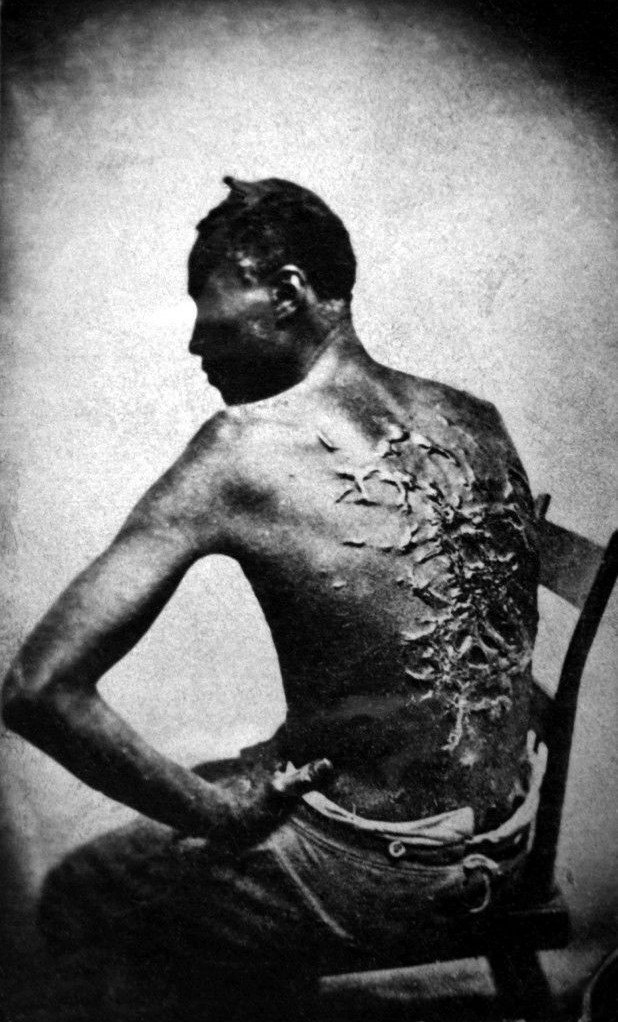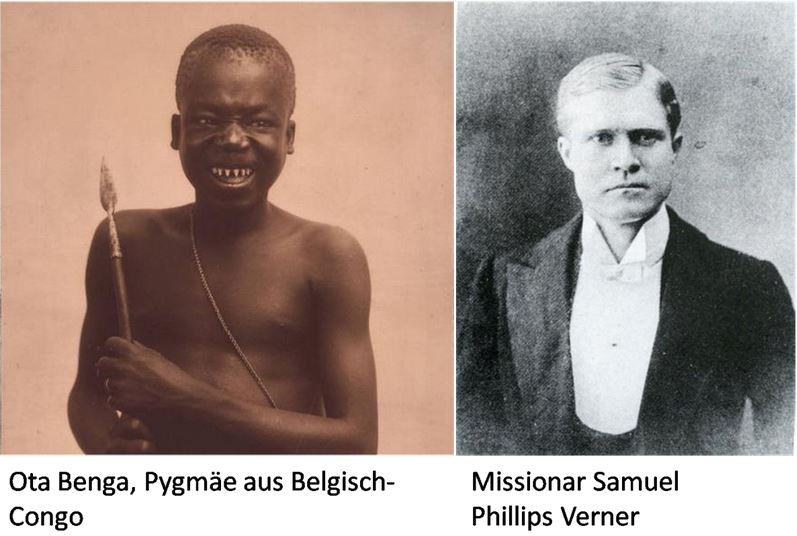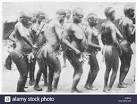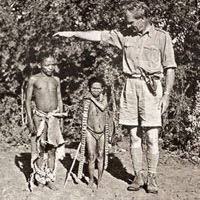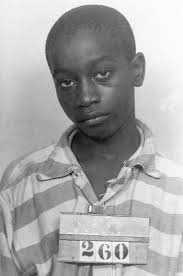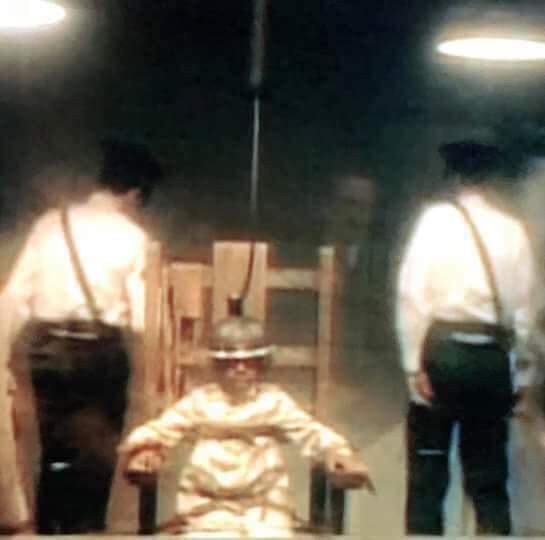Though the new Colony was called the Congo Free State — an area equal in size to Alaska and Texas combined — there was nothing free about it. It was the personal property of King Leopold II.
This was the type of Misery, torture, Slavery Ota Benga was born into in Congo.
The interference of Europeans on the Continent also Created a Series of Crises for Africans.
To an Hunter in Pygmy tribe like Ota Benga,his family is life itself.
Without them,he had the choice of wandering alone Until he die.
Or seek out a New Family Group and beg them to take him as a helper.
Verner’s job was to find some authentic African pygmies to display as “missing links” in human evolution.
Verner knew he had what he needed. He bought Ota Benga for a pound of salt and a bolt of cloth.
At one point, the National Guard had to be called in to control the crowds.
In 1906, Heartbroken and at loose ends, Ota Benger asked Verner if he could return to America with him to start a new life over there. Verner was glad to oblige his request and took him back to America.
he again “delighted” visitors by pretending to be a babbling half-human Or Monkey.
His behavior became unpredictable and at a fundraising gala he threw a chair at the head of donor Florence Guggenheim.
Verner thought fresh air and outdoor activity would help improve Ota Benga's quality of life.
It didn't take long for Hornaday to realize that more and more people were coming to see Ota Benga than to view the other animals.
Ota Benga was eventually released into the custody of James Gordon, the minister who had led the charge to free him.
And he agreed to help Ota Benga start a new life.
Gordon arranged to enroll Ota Benga in a school for non-white children.
Ota Benga even got his teeth capped by a dentist to give him a better chance at fitting into society.
He even changed his name to Otto Bingo in an attempt to Americanize himself.
This is because the outbreak of World War I suspended most Cross-Atlantic Shipping, and the German Occupation of Belgium threw the Congo into Bureaucratic Chaos, with nobody allowed in or out.
Conviction(s) First-degree murder.
When the girls did not return home, search parties were organized. George's father was among the searchers.
Reports differed as to what kind of weapon had been used.
Following George's arrest, his father was fired from his job at the local sawmill,...
Stinney was questioned alone, without his parents or an attorney. Although the Sixth Amendment guarantees legal counsel, it was not until 1966 that Miranda v. Arizona requested it's application
In the other version he had followed the girls, first attacking Mary Emma and then Betty June.
Stinney's trial had an all-white jury. More than 1,000 people crowded the courtroom but no blacks were allowed.
Stinney's family, churches and the NAACP appealed to Governor Olin D. Johnston for clemency, given the age of the boy.
Frierson and the pro bono lawyers sought relief through Pardon and Parole Board of South Carolina.
"If we can get the case re-opened, we can go to the judge and say, 'There wasn't any reason to convict this child.
Frierson said that the rumored culprit came from a well-known, prominent white family.
In addition,an affidavit was introduced from the "Reverend Francis Batson, who found the girls and pulled them from the water-filled ditch.
Family members of both Betty Binnicker and Mary Thames expressed disappointment at the ruling.
Binnicker's niece said that, in the early 1990s, a police officer who had arrested Stinney had contacted her and said: "Don't you ever believe that boy didn't kill your aunt."
The solicitor for the state of South Carolina, who argued for the state against exoneration, was Ernest A. Finney III.
CONCLUSION :
It therefore means, 14year Old Stinney was Unjustly Executed simply because he was Black. Him being a Black was Enough reason to hung him with the crime.
Next:
We will look at how Nigerians were being sold during the Slave trade
Sources : NGU Library Collection, Wikipedia
#Nzekwe Gerald Uchenna (NGU)
#MovementForTheEmancipationOfNigerianYouths(MENY)

